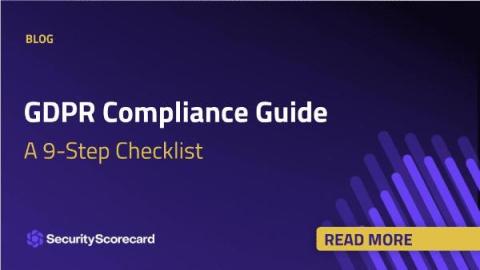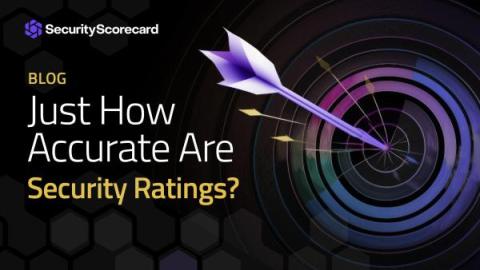Security | Threat Detection | Cyberattacks | DevSecOps | Compliance
Risk Management
Combining IT and OT security for enhanced cyber risk management
Historically, IT and OT have operated in separate worlds, each with distinct goals and protocols. IT, shaped by the digital age, has always emphasized the protection of data integrity and confidentiality. In this space, a data breach can lead to significant consequences, making it crucial to strengthen digital defenses. On the other hand, OT, a legacy of the Industrial Revolution, is all about ensuring machinery and processes run without interruptions.
How we operationalize security risk assessments at Vanta
This post is part of an ongoing series where you’ll hear directly from Vanta’s own Security, Enterprise Engineering, and Privacy, Risk, & Compliance Teams to learn about the team’s approach to keeping Vanta—and most importantly, our customers—secure. In today’s post, you’ll hear from Rob Picard, who leads Vanta’s Security team, and Matt Cooper, who leads Vanta’s Privacy, Risk, & Compliance team.
Over 53% of Organizations Have An Internet-Exposed Vulnerability
GDPR Compliance Guide: A 9-Step Checklist
With many nuances to consider, adhering to the General Data Protection Regulation (GDPR) requirements can be a daunting task. After all, the entirety of the GDPR consists of a whopping 99 Articles. Fortunately, by following a GDPR security checklist, you can help your organization ensure that all required facets of data security are covered without sifting through pages and pages of legalese.
A Deep Dive into the Exploit Prediction Scoring System EPSS
5 Strategies to Reduce Attack Surface Exposure
Just How Accurate Are Security Ratings?
Third-party cyber risk is now one of the biggest threats today, according to many CISOs. Security leaders point to the fact that many of the recent major breaches have been a result of a single software supply chain vulnerability: SolarWinds, Log4j, and MOVEit, just to name a few.











